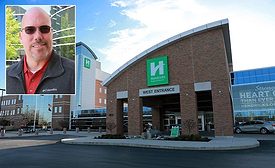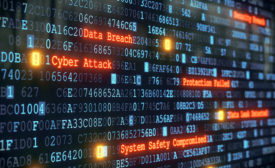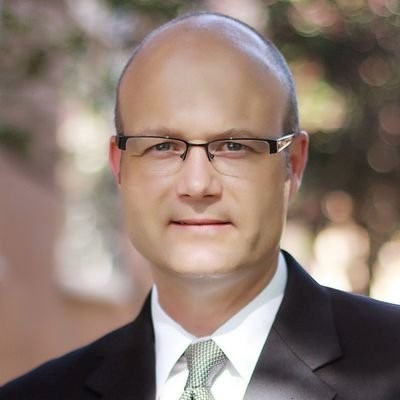Web Exclusive Stories
Collecting Insights and Metrics with Guard Tour Software
How Hendricks Regional Health's Security Team Went from 99% Paper to 95% Paperless
January 25, 2019
Bridging the CISO-CSO Communications Gap
Threats have converged, even though the defenses against them still operate separately.
November 12, 2018
Sign-up to receive top management & result-driven techniques in the industry.
Join over 20,000+ industry leaders who receive our premium content.
SIGN UP TODAY!Copyright ©2024. All Rights Reserved BNP Media.
Design, CMS, Hosting & Web Development :: ePublishing












